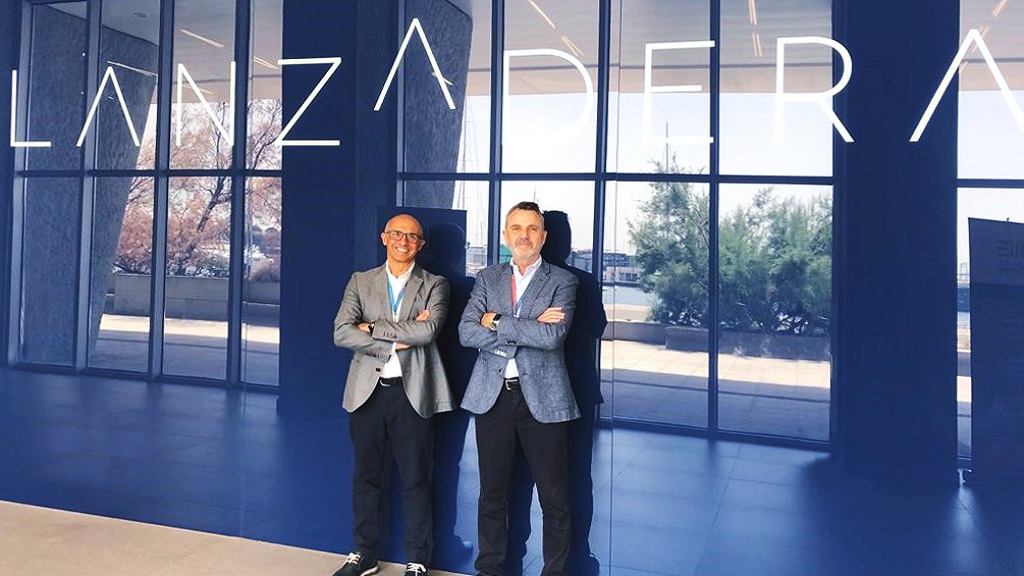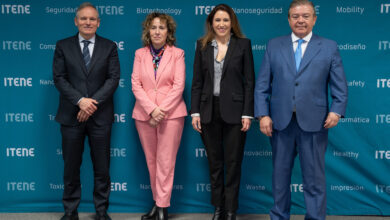
The Arbaria Project is an initiative of the Public Administration for the analysis and prediction of forest fires that, through the use of Artificial Intelligence techniques related to Machine Learning and Deep Learning, manages to efficiently exploit various sources of information.
The project is divided into two large areas, one aimed at supporting extinction and the other at prevention, each one using different statistical and artificial intelligence techniques. The results obtained in this matter reach validations close to 80%, and serve to anticipate, during the summer fire campaign, the provinces with a higher probability of occurrence, allowing a more effective allocation of resources.
Arbaria is based on AWS cloud services. The project focuses on a data lake built on the technology serverless of the company (AWS Lambda), which allows scaling according to the needs of each moment, saving costs and creating applications very quickly and easily. About this project and the possibilities offered by AI when fighting forest fires, we have had the opportunity to chat with Faustino Sanchez, data analyst at the Ministry of Agriculture, Fisheries and Food.
[MCPRO] Your objective is to improve the way in which possible fires are prevented
[Faustino Sánchez] The project is based on the intelligent analysis of a set of data that has been collected since 1968 with very complete information on fires that occurred in Spain, contextual data on the meteorology of the place, the causes of the fire and other sources of information. The objective was to act both in prevention tasks and in fire extinction.
In fire prevention there are two fundamental characteristics that influence. In the first place, everything that has to do with Meteorology, with the weather we have. In addition, everything related to socioeconomic factors also has a direct or indirect influence. In this sense, we analyze which socioeconomic factors are those that cause a greater probability of occurrence of fires.
To do this, we take demographic data from the more than 8,000 municipalities in Spain, with variables such as the unemployment rate, land use, the percentage used for agricultural tasks… With all this information and with what we already have, we obtain patterns with what we can impute the risk
of fire In the municipalities that present a higher level of risk, they are the ones in which we can act in the first place. It is curious to note how complicated socioeconomic conditions and fire risk tend to coincide on many occasions.
[MCPRO] How do these values have a direct impact on the occurrence of a fire?
[Faustino Sánchez] You realize that a value such as the average income of a municipality, the number of people over 60 years of age or the agricultural use of the land, or even the level of employment in the town, have a direct influence. This is what the algorithms are telling us. After a series of statistical validations, we have verified that we can attribute to this a 41% explanatory load of the fire.
We obtain this percentage by measuring the effect of these factors in reducing the uncertainty of the predictions, using a typical data science process, cross-validation. The data helps us to generate predictions and see the potential degree of success, differentiating causal patterns from chance.
[MCPRO] You also work on the extinguishing part of the fire once it occurs
[Faustino Sánchez] The extinction part is where the analysis of climatology comes into play and we also work with the information they provide us about
the situation in which the means of extinction find themselves, how they adapt to the different campaigns…etc.
By studying the climatology we can help locate these means, such as aircraft, in the territories where we consider that there is a greater probability of occurrence with information that we update every week.
Until now, this movement of media was done following the recommendations of the AEMET or even the intuition of the experts on the ground; but in this way we have managed to systematize everything, we achieve that there are objective reasons and we gain in precision. What interests us is not so much to guess the number of fires that are going to occur in total, but to be very aware of the risk that the different provinces present at each moment.
[MCPRO] What role does AWS play in all of this?
Especially the infrastructure part. The area of data analysis in which we started this project…we started it two years ago in a legacy way with a more classic infrastructure (JAVA, .Net) and for projects of this type you have to work with other architectures.
In this case we work with Python, using machine learning and deep learning libraries, we have managed to develop an ecosystem open to all kinds of technologies. We have also gained in sensitivity when it comes to controlling data flows, in a very dynamic way, worked in a very flexible way with our DevOps developers to work directly on both the development part and the systems part.




